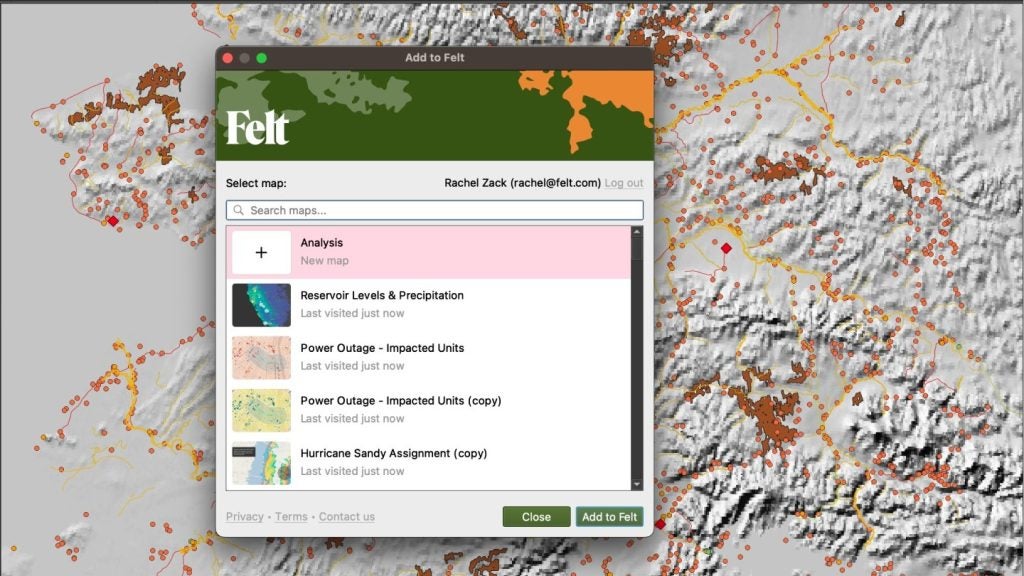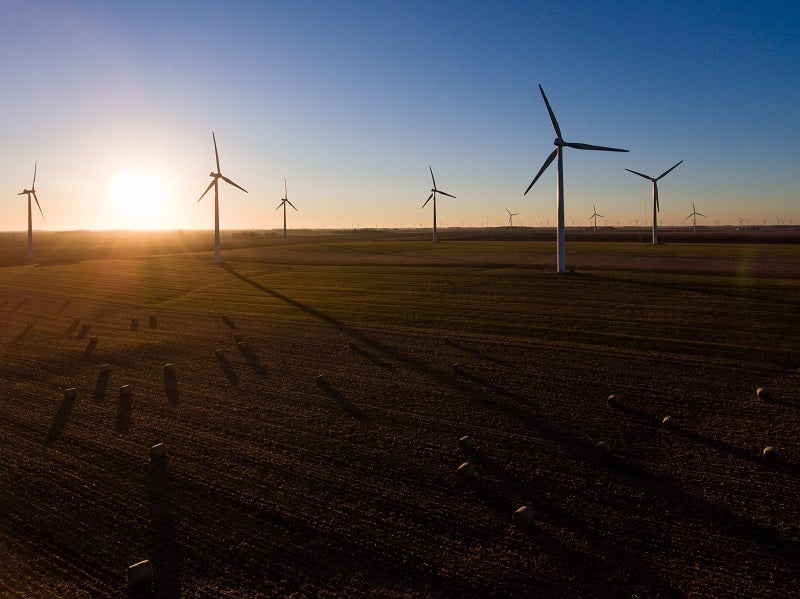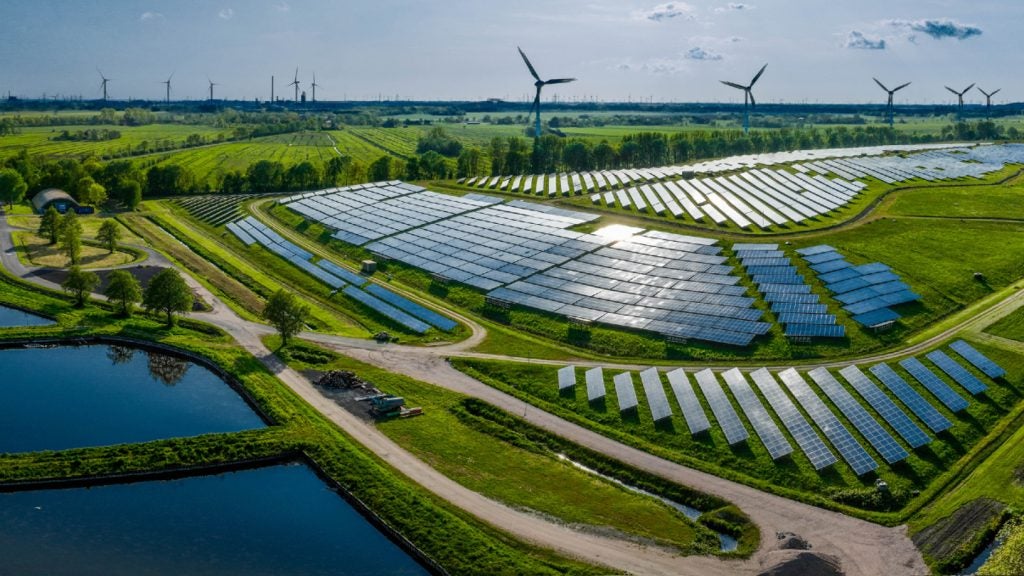As the planet heads towards a steep rise in average global temperatures, promising catastrophic consequences, climate regulations have been clamping down on global industry.
At the centre of this race to reach global net zero by 2050 and limit temperature rise to 1.5°C above pre-industrial levels is one crucial factor – the levels of carbon dioxide (CO₂) in the atmosphere.
The global effort to decarbonise by measuring and mitigating all excess carbon emissions to meet legally enforced environmental targets has given rise to complex markets that trade in carbon.
Carbon credits: permit to emit
A single carbon credit represents a tradeable certification or permit for the right to emit a tonne of CO₂ or CO₂ equivalent.
Carbon credits were first created as part of the 1997 Kyoto Protocol under the UN Framework Convention on Climate Change. This established mandatory greenhouse gas (GHG) limits for industrialised countries and a carbon credit trading market in which countries could earn credits by investing in emissions-reduction projects in other countries.
There are regulated, compliance markets for carbon credits globally, also called Emissions Trading Schemes. These are cap-and-trade systems that cap the total amount of GHG emissions for specific sectors and industries, and are present in the UK, EU, China, Korea, Kazakhstan and California in the US, as well as other countries.
Under this system, companies must obtain allowances for every tonne of emissions produced each year and any allowance remaining after compliance requirements are met can be sold or auctioned.
Carbon offsets: third-party sequestration or removal
A carbon offset specifically quantifies the removal or sequestration of one tonne of CO₂ or CO₂ equivalent from the atmosphere.
A carbon credit can become an offset when it used by an institution to compensate for its own emissions by representing the removal of greenhouse gas elsewhere from the atmosphere.
Carbon offset projects that companies can buy credits from include renewable energy and carbon sequestration including reforestation, afforestation and carbon capture and storage technologies that remove CO₂ from the atmosphere. Carbon offsets can also be based on ‘avoided’ emissions; for example, developing a solar farm that replaces fossil-fuel power generation or protecting a forest that would have otherwise been cut down for industrial purposes.
For example, REDD+ credits – Reducing Emissions from Deforestation and Forest Degradation – is the project type with the most credits on the Voluntary Carbon Markets (VCM), a global unregulated market where carbon offsets are primarily traded.
These projects are said to ‘offset’ the emissions of the buyer, and can direct crucial funding to green projects globally. For example, Gabon, a forest-rich country in Africa, has protected millions of trees by selling carbon credits for avoided deforestation.
They are typically considered a means of offsetting hard-to-abate emissions in certain heavy industries such as steelmaking and aviation. The Carbon Offsetting and Reduction Scheme for International Aviation is an offsetting scheme whereby airlines and other aircraft operators will offset any growth in CO₂ emissions above 2020 levels, stabilising net industry emissions.
Are credits and offsets effective at emissions reduction?
Global carbon markets have been rocked by scandals, calling into question the integrity of carbon credits this past year.
The UN-backed standards body for the carbon markets, the SBTi, has designated several types of carbon credits to be “ineffective” in mitigating intended amounts of CO₂, and the Integrity Council for the Voluntary Carbon Markets, an independent governance body, said that a third of existing carbon credits have failed to meet criteria for its Core Carbon Principle standards.
Clarice Brambilla, energy analyst at GlobalData, explains: “There have been numerous issues with carbon credits in the past. One of them, for example, is double-counting, where both the company purchasing carbon credits and the company selling them count the emissions reduced in their respective books. Another issue is carbon offset projects not being carried out to the extent that they had originally promised, if at all.”
A September 2023 investigation of the top 50 projects that have sold the most carbon credits globally categorised 78% as ‘junk’ or ‘worthless’ due to a fundamental failing that undermines its promised emissions cuts, although carbon certifier Verra has disputed the findings. Moreover, last month, Brazilian police also uncovered allegedly fraudulent emissions offset schemes in the Amazon, where criminal enterprises are suspected to have sold millions of dollars in carbon certifications.
Carbon markets can face challenges such as lack of standardised, enforced regulations for credits sold globally, non-transparent quality assessment of carbon credits in the VCM and even loopholes, leaving companies navigating a complex web of information. Buyers may turn to carbon credit rating agencies for a solution; however, they may also have discrepancies between ratings for the same projects.
Brambilla says: “Only with stricter checking systems and clearer legislation can carbon credits be effective in reducing companies’ emissions, especially in high-emitting industries. The risk is that companies place more emphasis on using them to boost their brand than on the effectiveness of the offsets themselves, thereby misleading their clients about the scale of their emission reductions and environmental impact.”
There are also concerns about whether the emissions reductions are real, legitimate and durable, and whether they may distract from company efforts to reduce emissions in a concrete and long-term manner by operational decarbonisation.
In fact, in October 2023, the world’s largest institutional investor, Norway’s $1.4trn (Nkr15.1trn) sovereign wealth fund, advised its portfolio companies against carbon offsets for climate goals, saying that companies should prioritise reducing their operational emissions first. In July 2024, more than 80 non-profits issued a joint statement that carbon offsets are undermining genuine net-zero action, and called on companies to focus on operational reductions.
Carbon insets: decarbonisation and sequestration in own value chain
Carbon insets, on the other hand, involve reducing emissions directly within a company’s supply chains by investing in carbon removal and reduction. Companies could follow nature-based solutions such as reforestation, agroforestry, renewable energy and regenerative agriculture.
In industries dependent on agriculture, this means prioritising regenerative agriculture. For example, Nespresso under Nestle launched an agroforestry initiative that includes planting almost ten million trees across nine countries where coffee is grown.
Dayanand Kharade, senior analyst, petrochemicals and new energies at GlobalData, says, “Carbon insets are considered a significant tool in reducing corporate emissions as these activities and projects not only help the companies in carbon sequestration, but they create beneficial impacts for communities, landscapes and ecosystems associated with the company's operations.”
They are considered effective as a company will need to reduce their own carbon footprint, as opposed to companies emitting freely and then paying to offset those emissions through potentially dubious projects.
Brambilla explains: “The positive aspect of carbon insets is that they force companies to look at their own carbon footprint, identify the source of emissions in their supply chain and implement measures to reduce them. Carbon offsets, on the other hand, involve external projects, unrelated to a company’s own operations.”
However, carbon insets have also come under fire for being vaguely defined, lacking credible standards or certifications, double counting with operational reduction and posing the same integrity issues as carbon offsets.
Despite the backlash, carbon markets are still considered a crucial part of the global decarbonisation pathway. According to one report, the current rate of investment in carbon credit projects is only one-third of the level needed to deliver the volume of credits required by 2030 to meet the 1.5°C goal, and the markets require a further $90bn of capital to scale to this level.














